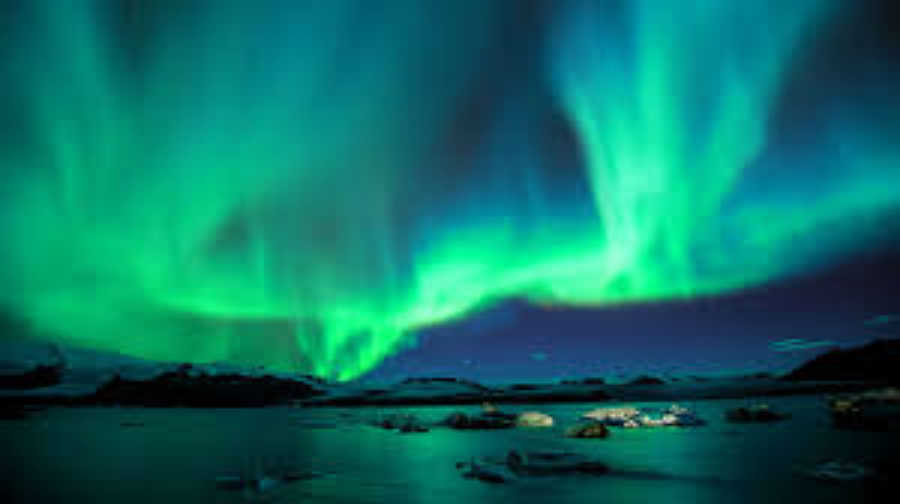

Our planet is a treasure trove of natural wonders, shaped over millennia by geological processes, weather, and time. From towering mountains to surreal deserts and awe-inspiring canyons, these wonders showcase the sheer magnificence of Earth's geography. Here's a list of some of the most incredible geographical wonders of the world:
Carved by the Colorado River over millions of years, the Grand Canyon in Arizona is a colossal chasm that stretches 277 miles long and over a mile deep. Its layered rock formations reveal nearly two billion years of Earth’s geological history, making it a geologist’s paradise and a breathtaking sight for visitors.

As the highest mountain on Earth, Mount Everest rises to an astonishing 8,848.86 meters (29,031.7 feet) above sea level. Located in the Himalayas, it attracts climbers from around the globe. Its majestic peaks symbolize nature's power and challenge human endurance.

The Amazon is the world's largest tropical rainforest, spanning nine countries and covering over 5.5 million square kilometers. This lush green expanse is often called the "lungs of the Earth," producing 20% of the world’s oxygen and housing an incredible diversity of flora and fauna.

The largest coral reef system in the world, the Great Barrier Reef stretches over 2,300 kilometers off the coast of Queensland. Home to thousands of marine species, it’s a vibrant underwater ecosystem visible even from space. Sadly, this natural wonder is under threat from climate change and coral bleaching.

Covering 9.2 million square kilometers, the Sahara is the largest hot desert on Earth. Its vast expanse of golden sand dunes, rocky plateaus, and oases create a stunning yet harsh landscape. Despite its extreme conditions, it supports unique wildlife and ancient human civilizations.

Angel Falls, located in Canaima National Park, is the world’s highest uninterrupted waterfall, plunging 979 meters (3,212 feet). Named after American aviator Jimmy Angel, this breathtaking waterfall is a natural masterpiece in the heart of the Venezuelan jungle.

The Aurora Borealis is a mesmerizing natural light display in the polar regions, caused by the interaction of solar winds with Earth's magnetic field. Best viewed in countries like Norway, Finland, and Canada, these shimmering lights in shades of green, pink, and purple enchant onlookers.

The Dead Sea is a salt lake bordered by Jordan and Israel and is one of the saltiest water bodies in the world. Its high mineral content allows people to float effortlessly, and its surrounding mud is believed to have therapeutic properties. The Dead Sea is also the lowest point on Earth's surface.

Known locally as "Mosi-oa-Tunya" (The Smoke That Thunders), Victoria Falls is one of the largest waterfalls in the world. It spans 1.7 kilometers wide and drops 108 meters into the Zambezi River, creating a mist that can be seen from miles away.

These volcanic islands in the Pacific Ocean are a haven for unique wildlife, including giant tortoises and marine iguanas. The Galápagos inspired Charles Darwin’s theory of evolution and continue to be a hotspot for biodiversity and ecological research.

Located on General Carrera Lake in Chile, the Marble Caves are a series of intricate natural caverns with stunning blue and white patterns formed by water erosion. The caves’ beauty changes with the shifting light and water levels, making them a captivating spectacle.

This slot canyon in Arizona is famous for its smooth, wave-like rock formations and shafts of light that pierce through its narrow openings. Sculpted by flash flooding over time, Antelope Canyon is a photographer’s dream and a stunning example of nature’s artistry.

Famous for its towering sandstone pillars, this UNESCO World Heritage Site inspired the floating mountains in the movie Avatar. The mist-shrouded peaks and lush greenery make it one of the most surreal landscapes on Earth.

Located at the intersection of Venezuela, Brazil, and Guyana, Mount Roraima is a flat-topped mountain surrounded by sheer cliffs. Known as a "tepui," this ancient geological formation hosts unique flora and fauna found nowhere else on Earth.

The world’s largest salt flat, Salar de Uyuni spans over 10,000 square kilometers. During the rainy season, a thin layer of water turns the salt flats into a giant mirror, creating an ethereal, otherworldly effect that attracts travelers from around the globe.

The geographical wonders of the world highlight the beauty, diversity, and power of nature. These sites, formed by natural processes over millennia, inspire awe and remind us of the importance of preserving our planet. Whether shaped by rivers, tectonic forces, or erosion, these wonders are a testament to Earth's incredible landscapes.
